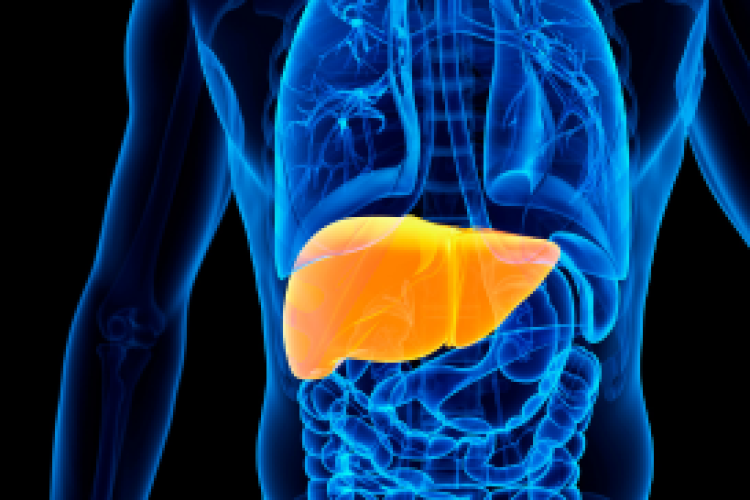Click here to see Arthritis Infographic.
If your joints feel achy after physical work or exercise, or if you feel joint stiffness when you first wake up or have been in the same position for a long time, you may have osteoarthritis. An estimated 27 million Americans are living with osteoarthritis, the most common form of arthritis.

Osteoarthritis (OA) is more common in older adults, and can affect the fingers, knees, hips, shoulders, and spine. The best way to prevent OA is to avoid high-impact activities such as running on hard surfaces and maintain ideal body weight to decrease the load on your aging joints.
If you are diagnosed with OA, there are many ways to reduce your symptoms. These include taking medication, exercising, managing your weight and getting enough rest. In some cases, surgery may be recommended.
To manage your arthritis pain and improve functioning, your doctor may recommend over-the-counter pain relievers such as acetaminophen, aspirin, ibuprofen or naproxen. They are very effective in providing relief for mild to moderate pain as the result of osteoarthritis. More potent prescription medication such as a nonsteroidal anti-inflammatory drug (NSAID) or topical anti-inflammatory creams maybe recommended by your doctor.
Weight loss is key to preventing further damage to joints already damaged by osteoarthritis. Moderate, low impact exercise can be beneficial as well.
Exercises that can help you manage your arthritis symptoms often include strengthening exercises to help maintain or increase your muscle strength (strong muscles can support and protect the joints affected by arthritis). These exercises can be done with weights or exercise bands. Aerobic exercises such as walking, biking or elliptical trainers can help you improve your overall fitness and control your weight. Range-of-motion exercises help reduce stiffness and improve the flexibility in your joints. Balance and agility exercises help maintain your daily living skills.
If you still hurt after taking medicine and exercising, you can try:
- Taking a warm shower, or wrapping the affected area in warm towels
- Using an ice pack on the sore area
- Resting the sore joint
- Massage
- Acupuncture
- Physical therapy to help improve muscle strength, balance and the motion of stiff joints.
If conservative methods of treatment don’t relieve the pain and other symptoms of arthritis, your doctor may recommend joint injection with steroids, lubricant medication or surgery to provide pain relief and restore lost function.
Surgery for osteoarthritis should be reserved for people who have failed all reasonable non-operative measures. The severity of your symptoms and your resulting level of disability should be considered. The potential benefits of surgery must be weighed against the risks of surgery before making a decision to proceed. The answer is different for each person and requires consultation with your trusted orthopedic surgeon.
Surgical procedures for osteoarthritis include:
- Arthroscopy to clean out the joint or remove the joint lining
- Realignment of the joints to relieve pressure on the damaged part of the joint
- Fusing the ends of the bones in the joint together to prevent joint motion and relieve joint pain
- Partial or Total joint replacement surgery
Although there is no treatment that can reverse the damage of OA in the joints, you can work with your doctor to put together a plan for treatment and lifestyle changes that can help you live well and reduce the symptoms of osteoarthritis.



 Upcoming Events
Upcoming Events



